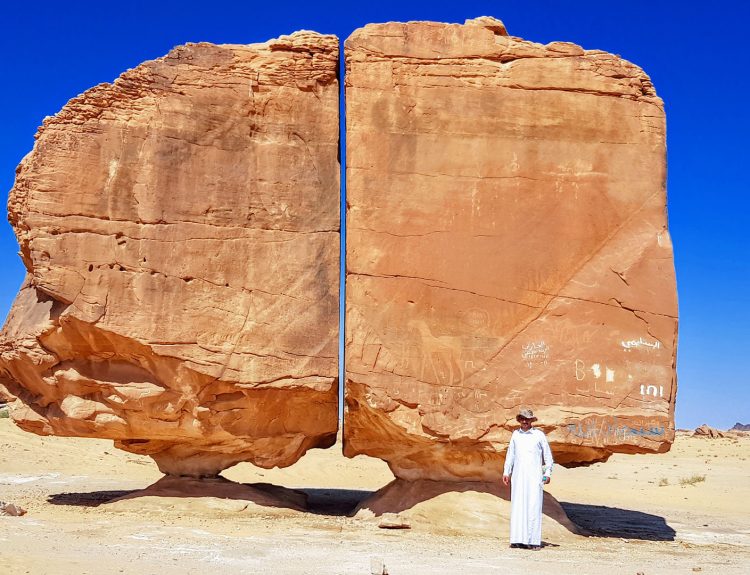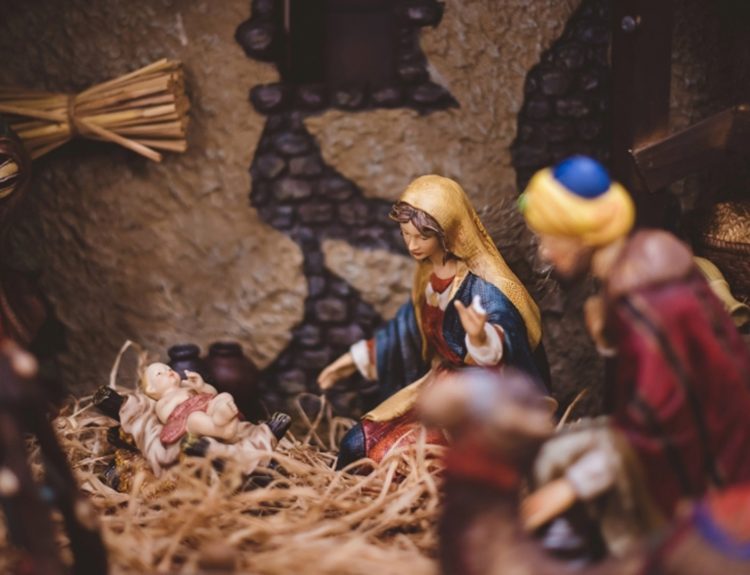The waters surrounding the islands of Indonesia and the Philippines are teeming with life … even human life. The Bajau Tribe – often nicknamed the Sea Gypsies – are a fascinating group of nomadic seafarers who created a society sans dry land for generations.
In that time, the Bajau Sea Gypsies created a unique society and adapted to their unique way of life. Here are 14 amazing facts about the ocean wandering Sea Gypsies of the Philippines and Indonesia.
1. Oral Traditions Claim the Bajau Are Avoiding a King’s Wrath
The oral histories of the Bajau people explain why the tribe has made the seas its home. According to the story, the Sea Gypsies were once members of a kingdom on land. One day, the king’s beautiful daughter was swept out to sea by a storm. Or, maybe she was kidnapped by a neighboring tribe … it depends on which version of the tale you hear.

The distraught king sent the Bajau people to sea to search for his lost daughter. They never found her. They so feared the wrath of the king if they returned empty handed that they decided to stay at sea.
2. The First Historic Record of the Sea Gypsies Dates to the Year 840
The oldest known reference to the Bajau Sea Gypsies can be found in the Darangen, an epic poem of the Maranao people. In this poem, there is a story about a Maranao prince who married a Bajau princess in the year 840.
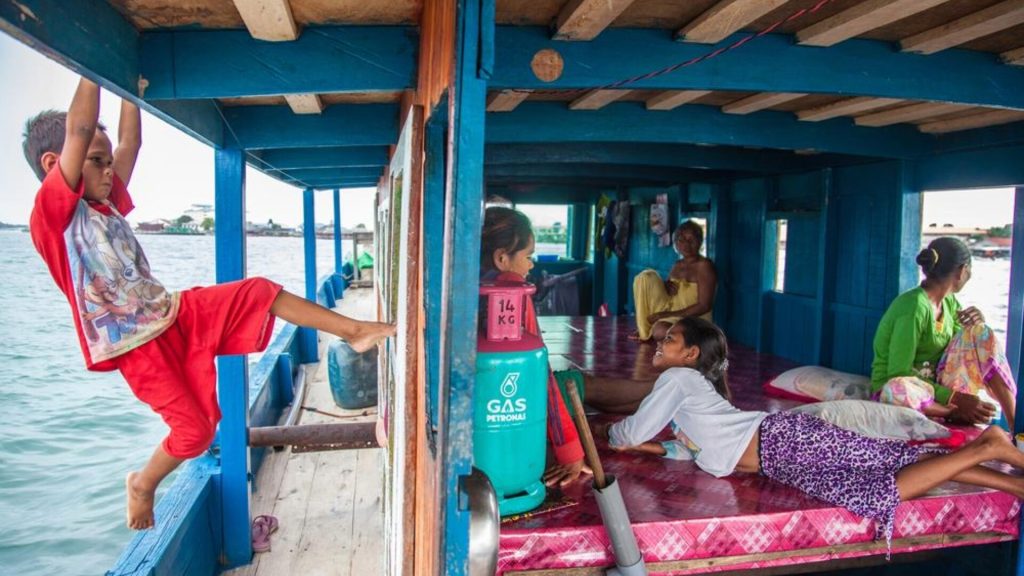
The first mention of the Sea Gypsies by a European explorer was in 1521 when Venetian sailor Antonio Pigafetta arrived at the Zamboanga Peninsula and wrote in his journal “the people of that island make their dwelling in boats and do not live otherwise.”
3. The Sea Gypsies Live on Boats
Today, the Bajau Sea Gypsies still live on boats just as they did when Pigafetta encountered them. The boats facilitate their nomadic lifestyle, allowing them to easily travel to other areas. They make their living by fishing.

The Sea Gypsies do not have homes on land. Their boats are their homes and workplaces much like the land gypsies of Europe live out of their wagons.
4. The Sea Gypsies Are People Without a Home
The Bajau Sea Gypsies are not recognized as citizens by any country. The tribe originally came from an area that is part of the Philippines, the Sulu archipelago, however the Philippine government refuses to recognize the Sea Gypsies as Filipino citizens.
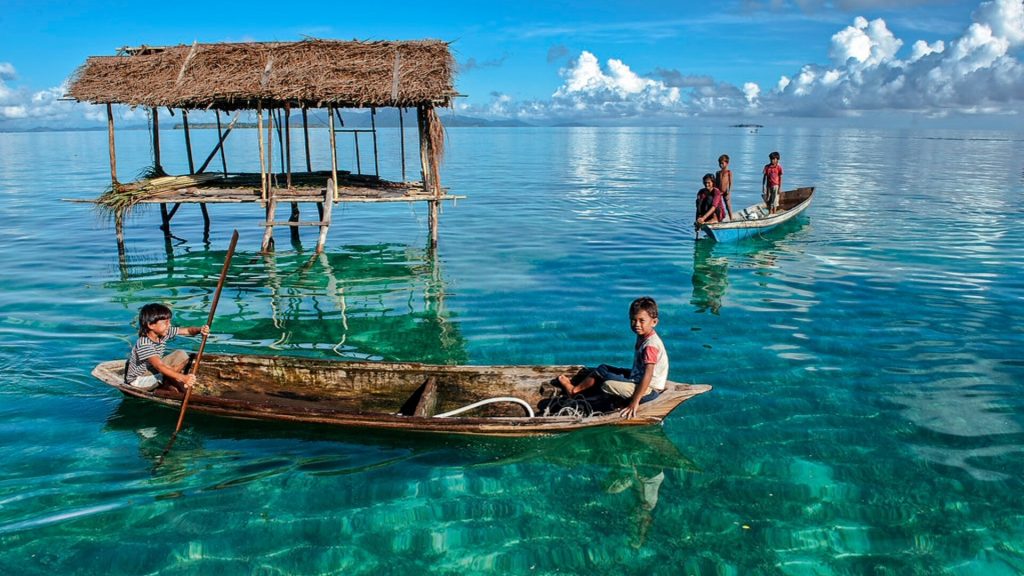
The same is true with other countries in Southeast Asia. Indonesia, Malaysia, and Brunei all refuse to recognize them as citizens, too. Without citizenship, the Bajau people can’t vote, nor can they get passports, government issued identifications, college scholarships, and more.
5. Most Sea Gypsies Are Muslim
According to most reports, the majority of the Bajau Sea Gypsies practice the Muslim faith. Their religious beliefs originated generations ago when the Sea Gypsies spent time in the waters around Brunei and Malaysia.
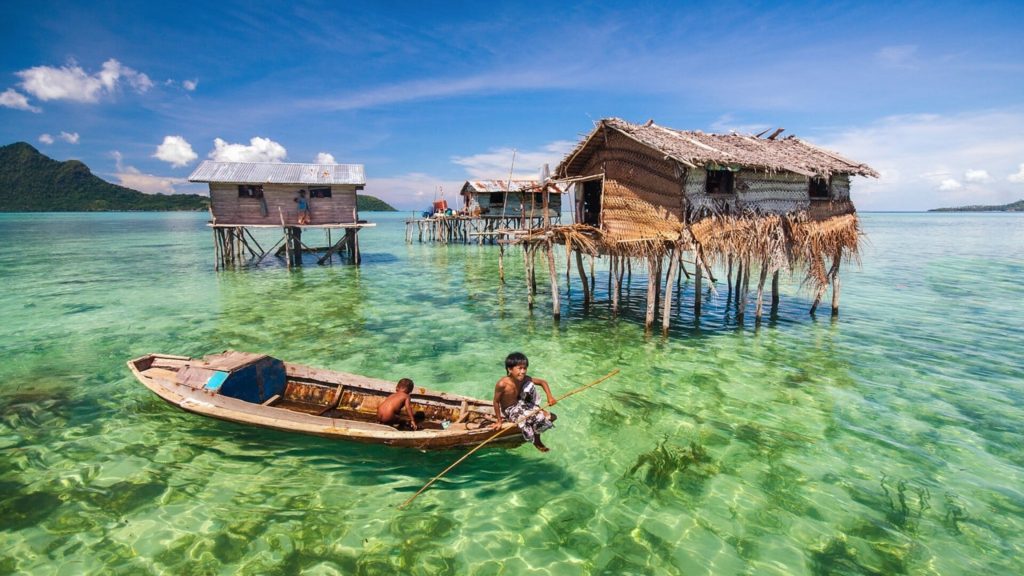
Although they are practicing Muslims, many of the Sea Gypsies retain some ancestral beliefs that differ from Muslim teachings. One of these is animism, the idea that various objects – plants, rocks, islands, rivers, and weather phenomena – possess spirits and energies. The Sea Gypsies also look to an elder who serves as a sort of shaman.
6. Sea Gypsies Have Unique Language Patterns
There are ten different languages spoken by the Bajau Sea Gypsies, depending on the region they live in. They all have a distinct pronunciation style. Rather than putting the stress on the first syllable of the word, they stress the second-to-last syllable.
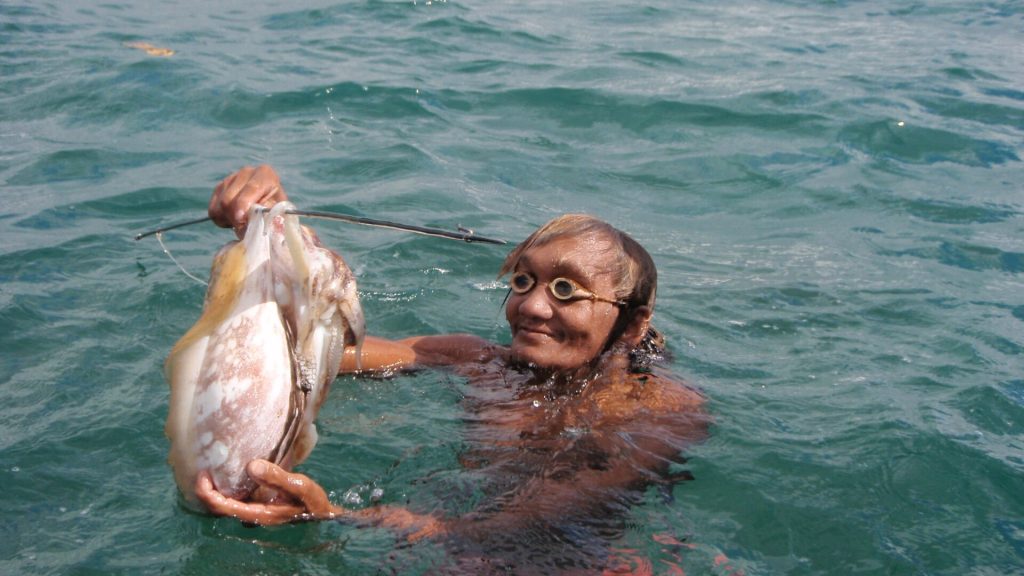
Most Sea Gypsies never learn to read or write, however their spoken languages are written using the Jawi alphabet. This alphabet includes the 31 letters of the Arabic alphabet, plus six added letters that are needed to fit the pronunciations of native words.
7. The Sea Gypsies Are the World’s Best Freedivers
Life on the sea has made the Bajau Sea Gypsies the world’s best freedivers. It is not uncommon for Bajau fishermen to spend hours each day diving into the water. It is a natural part of their lives … it is a necessary part of their fishing activities.
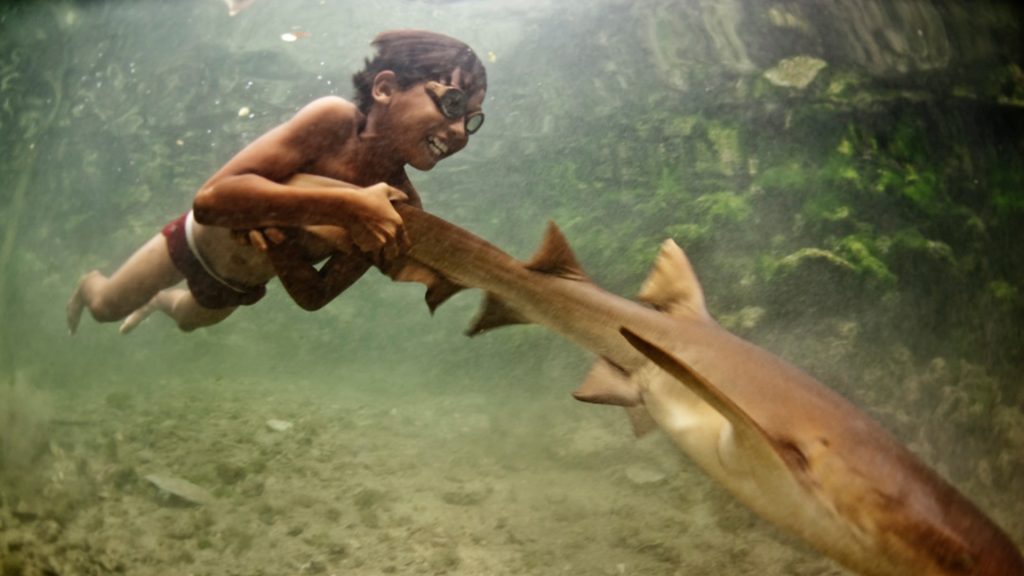
Sea Gypsies are exceptionally strong swimmers. They can also hold their breath longer than other groups of humans. Many of them purposely rupture their own eardrums to make diving more comfortable.
8. Sea Gypsies Have Unique Genetic Modifications
Thousands of years at sea and generations of freediving have given the Bajau Sea Gypsies some advantageous genetic modifications. One of these is the size of their spleen. In general, Sea Gypsies have spleens that are fifty percent larger than other humans. This adaptation allows them to store more hemoglobin-rich blood which is released into the bloodstream when they dive.
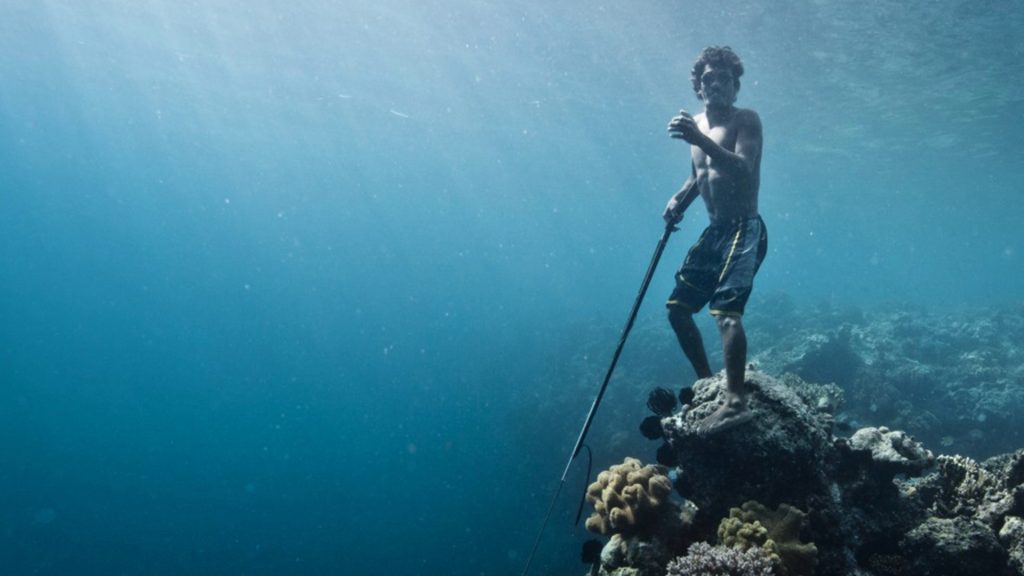
In addition, the Sea Gypsies have gene modifications that alter the flow of blood through their veins, another that helps reduce carbon dioxide accumulation in the bloodstream, and another that gives them better vision underwater.
9. Sea Gypsies Have Been Bullied Throughout Their Existence
The Tausug people of the Sulu Archipelago have historically marginalized and bullied the Bajau Sea Gypsies. The ocean wanderers have long been viewed as “inferior” and “outcasts.” In fact, the Tausug people refer to the Bajau as “Luwaan,” a derogatory name meaning “spat out.”

The Sea Gypsies have also faced harsh treatment because they still have elements of animism in their religious beliefs. Many of their Muslim neighbors consider the Bajau to be “uncivilized pagans.” These prejudices continue to the present day. The Sea Gypsies are often targeted for violence, extortion, and theft.
10. Sea Gypsies Have a Vibrant Arts Culture
The Bajau Sea Gypsies love the arts. They still practice a traditional form of carving called “okil” which uses coral or limestone as its medium. Ornate carvings are used to decorate their boats. The traditional dances of the Sea Gypsies continue to be performed at weddings and other special events.

The Bajau people play various musical instruments that resemble wind instruments, drums, and string instruments. Their traditional songs are passed down through generations, however many of them have become lost as younger Sea Gypsies no longer care about maintaining traditions.
11. Born at Sea but Buried on Land
Sea Gypsy women give birth on their boats and their babies grow up on the sea. When a person dies, however, they are not given a burial at sea, as we might expect. There are two reasons for that. First, the Bajau people sustain themselves on the fish they catch. They don’t like the idea of eating a fish that potentially ate their loved one.
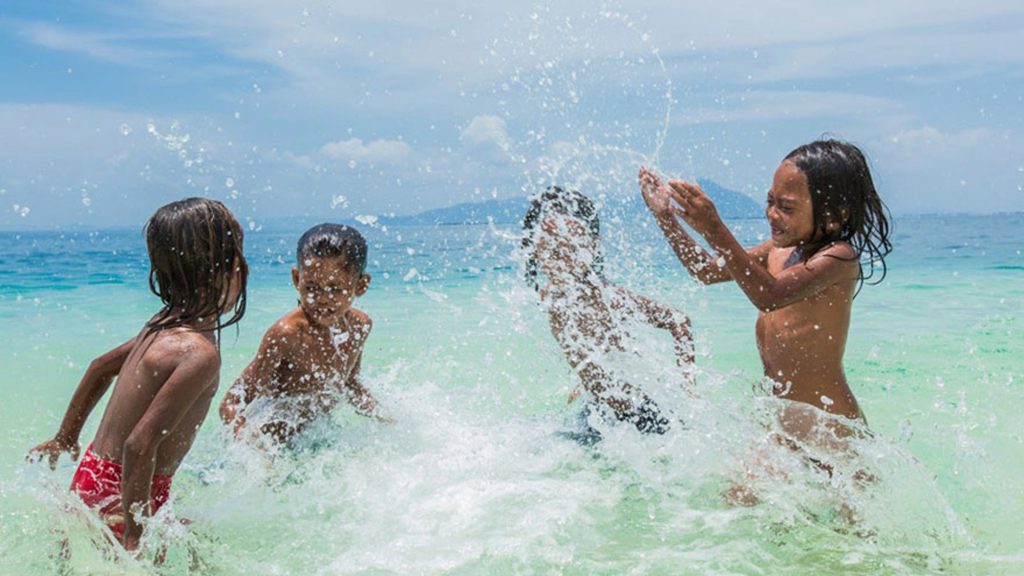
Second is their Muslim faith. Bajau funeral and burial practices align with Islamic traditions. The dead are buried on land, usually on uninhabited islands, and the graves are marked with wooden carvings.
12. Don’t Ask a Sea Gypsy His Age
The births of children in the Bajau Tribe are not recorded and registered with a government agency. After all, they are not citizens of any country. The group does not keep birth and death records for themselves as the majority of them are illiterate.
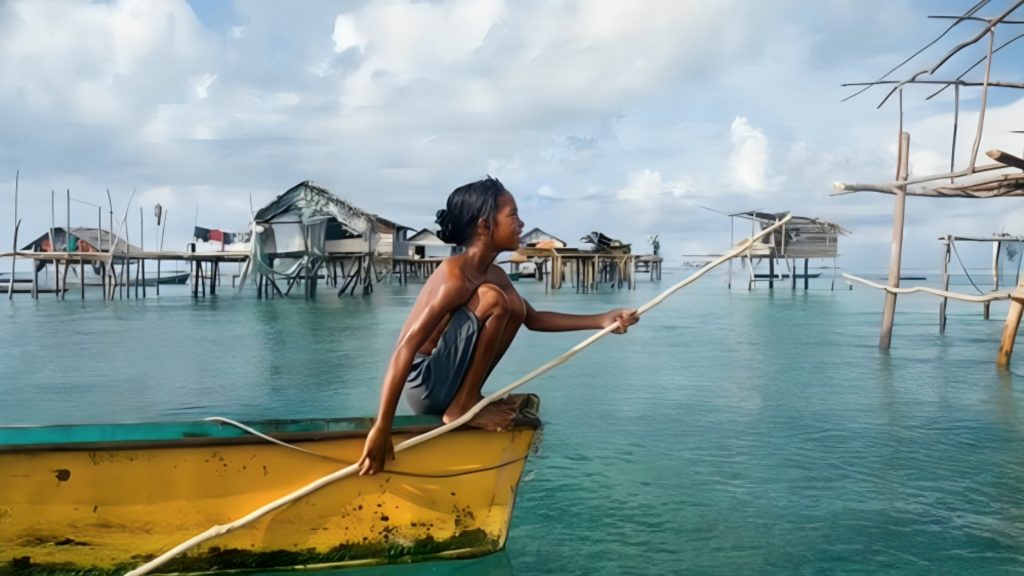
What that means is that most Sea Gypsies don’t know their own birthdays. Many aren’t even sure how old they are.
13. The Bajau Sea Gypsies Are Expert “Trepangers“
“Trepanging” is the act of harvesting or collecting sea cucumbers, a type of sea urchin that lives on the ocean floor. The animals don’t move very fast so “trepanging” can be done by diving to the ocean bottom and picking up the sea cucumbers by hand.

For top-notch divers like the Sea Gypsies, this is right up their alley. Bajua divers supply the markets of Southeast Asia with sea cucumbers, which are used as food or, more commonly, as an aphrodisiac.
14. Peace-Loving Pirates
Today, the Bajau Sea Gypsies have a reputation for being peace-loving, cheerful people, but in the past, they have been associated with piracy in Southeast Asia. In fact, there are numerous reports from the European colonial era that suggest the Sea Gypsies engaged in piracy and slave trade.
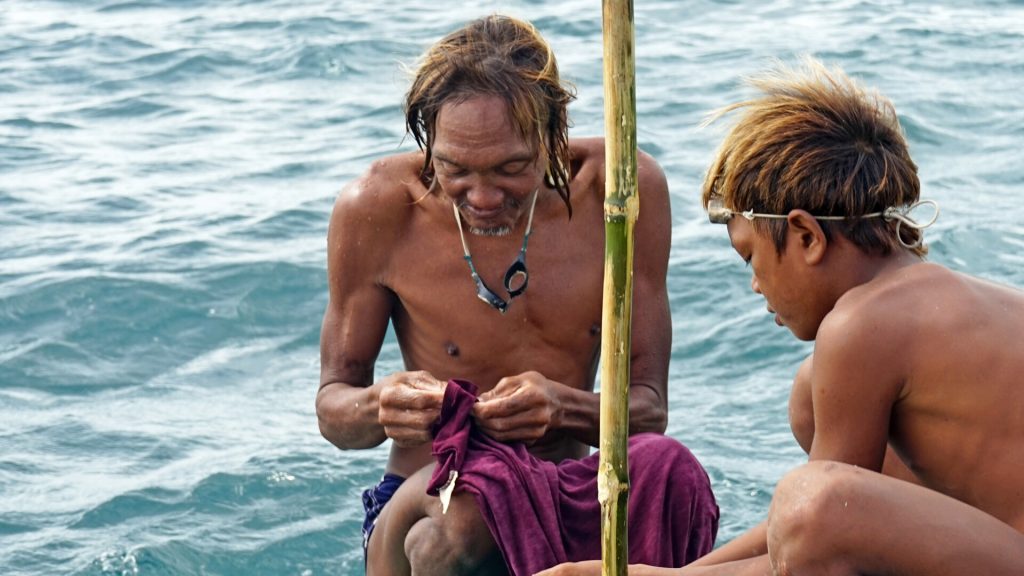
As the most skilled sailors in the region, the Bajau people could swoop in for a quick raid and escape on the ocean waves without being caught. It is not just the Europeans who called the Bajau people pirates. There are accounts from the 12 and 13th centuries by both Chinese and Arabian merchants that say the same thing. Fortunately, the Sea Gypsies gave up piracy long ago.




